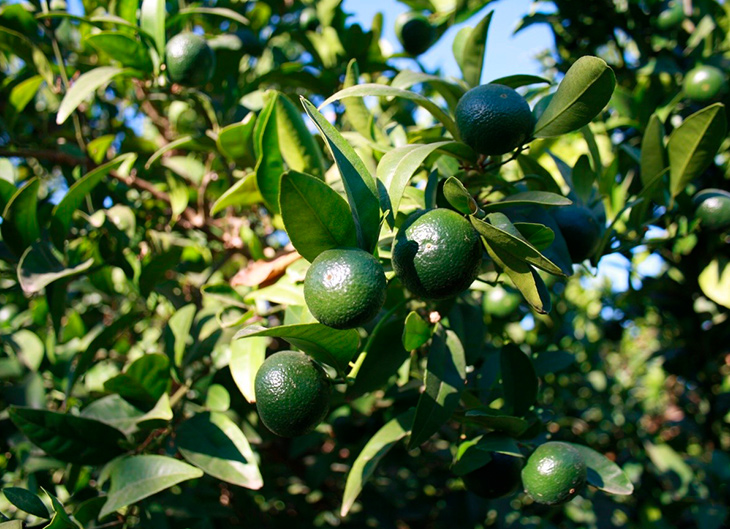
Potassium, the quality nutrient for crops
Potassium (K+) is an essential nutrient for plants. It is the third of the primary nutrients or macronutrients required by plants, along with nitrogen and phosphorus and is demanded in large quantities since it participates in different biochemical and physiological processes such as growth, reproduction, photosynthesis, enzymatic activation, resistance to biotic and abiotic stress, etc. It is also known as the “quality nutrient” because it modifies several parameters related to quality.
Potassium in the soil
Potassium is present in the soil in four forms or fractions that are directly related to the availability of that nutrient to be absorbed by the plant. In this sense we have:
- – Potassium in the soil solution: it is the potassium immediately available to the plant. It is present as ion K+. Nutrients are lost from the soil solution by leaching. In general, the amount of K2O per hectare of soil of this fraction is between 6 and 45 kg.
- – The exchangeable potassium in the form of a K+ ion is bound by electrostatic forces to clay minerals and soil organic matter. This binding is not strong which allows potassium to be released to the soil solution when its concentration decreases in it.
- – Non-exchangeable potassium is fixed to certain clay minerals and is not available. In the natural processes of dilation and contraction of clays, the fixed potassium may be, respectively, temporarily available to plants or fully fixed. This dilation process is a slow process.
- – Mineral potassium is the direct structural basis of soil silicates. For this reason potassium is strongly fixed and is not available to the plant. It constitutes the K of reserve or replacement of the soils. The weathering processes that take place on the ground very slowly make the fixed K can pass to other fractions. It accounts for between 80 and 95% of the amount of K2O per hectare of soil
The availability of potassium for plants therefore depends on the composition and properties of the soil, environmental conditions and cultural practices. In this sense, heavy and clay soils have a greater cation exchange capacity (CEC) and therefore retain more potassium available than light, sandy soils. Acidic soils also have a low CEC, because H+ ions occupy the exchange sites in the clay particles of the soil. As a result, there is less potassium available for plants.
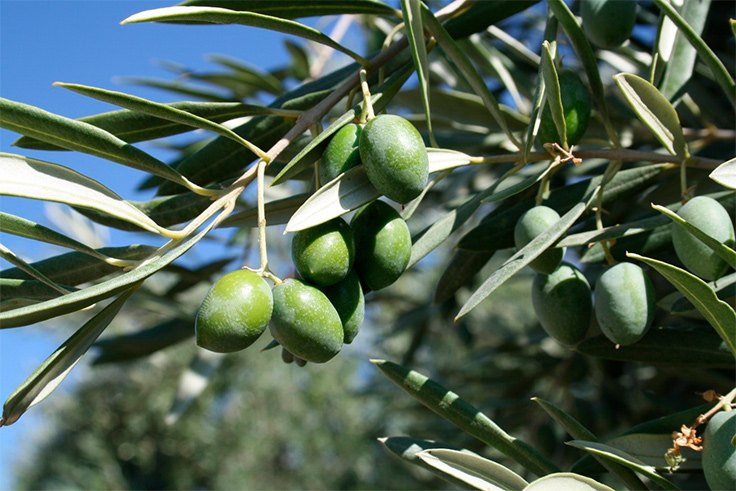
Potassium in the plant
Potassium is absorbed by plants as K+. It is a very mobile nutrient within the plant being able to transport inside these in two ways, via xylem and via phloem; and always from where the concentration of the element is greater to where it is lower.
Unlike nitrogen and phosphorus, potassium is not used in the structural synthesis of biochemically important molecules.
Among the main functions that this nutrient has in the plant include:
- – Participation in the regulation of the opening and closing of stomata, which is essential for photosynthesis and CO2 absorption.
- – It is found within the solution of plant cells and actively participates in the process of osmorregulation that is used to maintain the turgid pressure of the cell, i.e. adequate levels of water in plants. For this reason, plants with an insufficient supply of potassium are more susceptible to water stress.
- – It intervenes in the metabolism of plants by participating in the catalytic activity of more than 60 enzymes.
- – In photosynthesis, it participates in the activation of enzymes and intervenes in the production of adenosine triphosphate (ATP), an important energy source for many chemical processes that take place in plant cells.
- – Activates the enzyme ATPase which drives the phloem for the transport of photoassimilated (carbohydrates) from the leaves to the rest of organs (flowers, fruits, roots, …).
- – Plays an elemental role in the synthesis and activation of the enzyme nitrate reductase, which is key in the process of assimilation of N. Potassium maintains a close relationship in the absorption, translocation and assimilation of nitrates in plants, these being the raw material for the formation of proteins.
- – It plays a fundamental role in the resistance of plants to water stress.
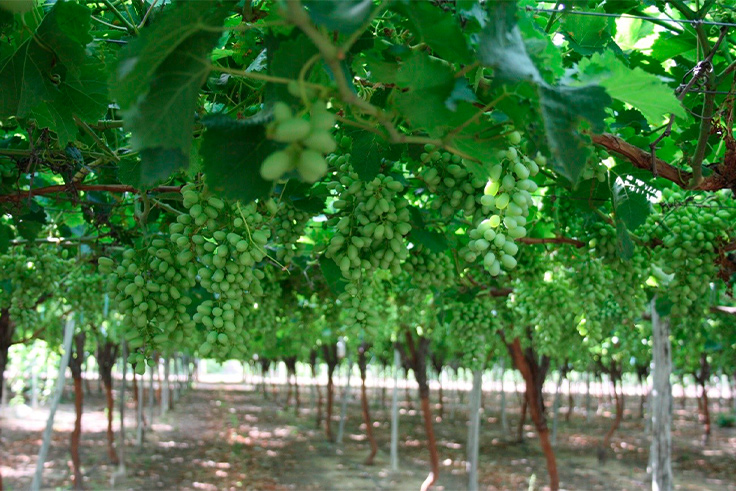
On the other hand, potassium deficiencies can cause various problems in the plant. They are usually related to growth. Symptoms of deficiency may vary between cultures and include:
- – Chlorosis: yellowing color and marginal burns on the middle and low leaves of the plant. Chlorosis is followed by necrosis at the tips of the leaves and along their edges. As potassium is mobile within the plant, symptoms of deficiency appear in the older leaves.
- – Slow or delayed growth: being an important growth catalyst in plants, potassium-deficient plants will have a delay in the growth of all their organs (fruits, root system, etc.)
- – Decreased tolerance to temperature changes and water stress: potassium deficiency results in less water circulating in the plant. As a result, the plant will be more susceptible to water stress. In the same way the sudden changes in temperature will affect you more, leaving you vulnerable to the attack of pests and diseases.
- – Defoliation: if the deficiency is not corrected, potassium-deficient plants lose their leaves earlier than they should. This process is even faster if the plant is exposed to water stress or high temperatures. The leaves turn yellow, brown, and eventually fall off one by one.
In soil, symptoms of potassium deficiency are more likely to appear when not enough potassium is provided by fertilizer waterings. Also, situations of potassium deficiencies induced by having high levels of calcium, magnesium or sodium can occur, but it is not usual.
There are also very rare situations in which excessive levels of potassium monopolize cationic absorption and as a result can cause antagonisms with other nutrients such as calcium and magnesium.

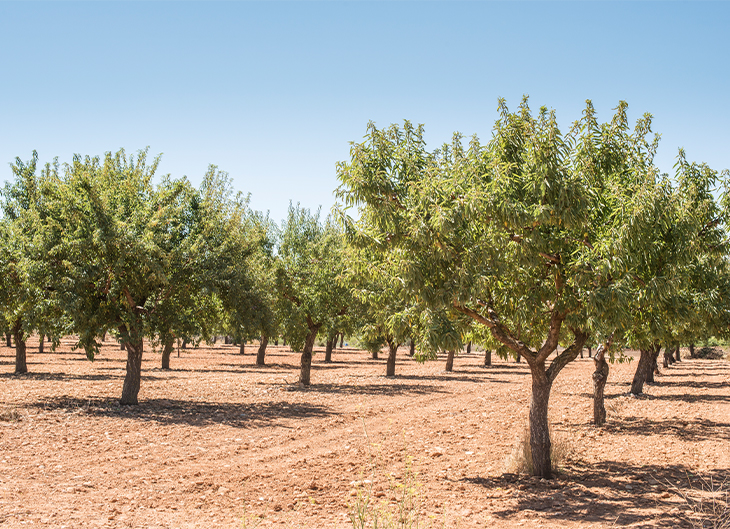
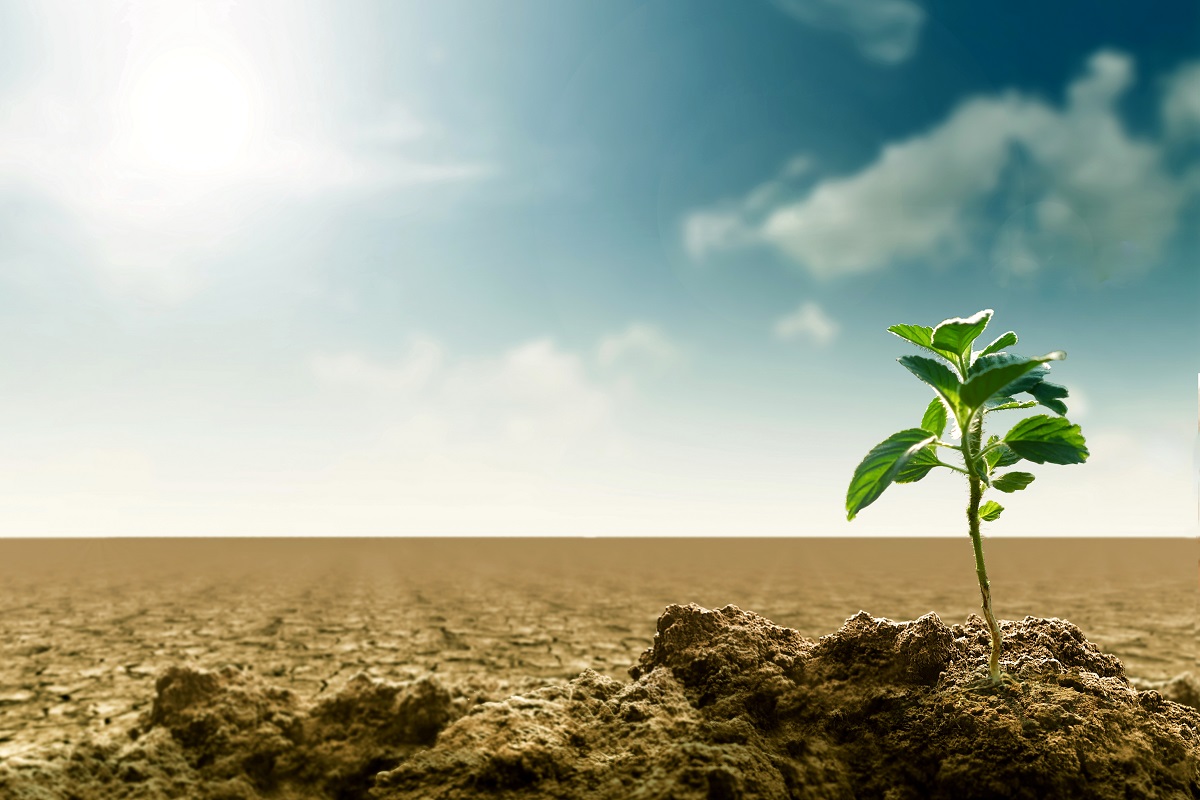
![IMG-20191031-WA0010[1]](https://www.agrometodos.com/wp-content/uploads/2019/12/IMG-20191031-WA00101.jpg)

